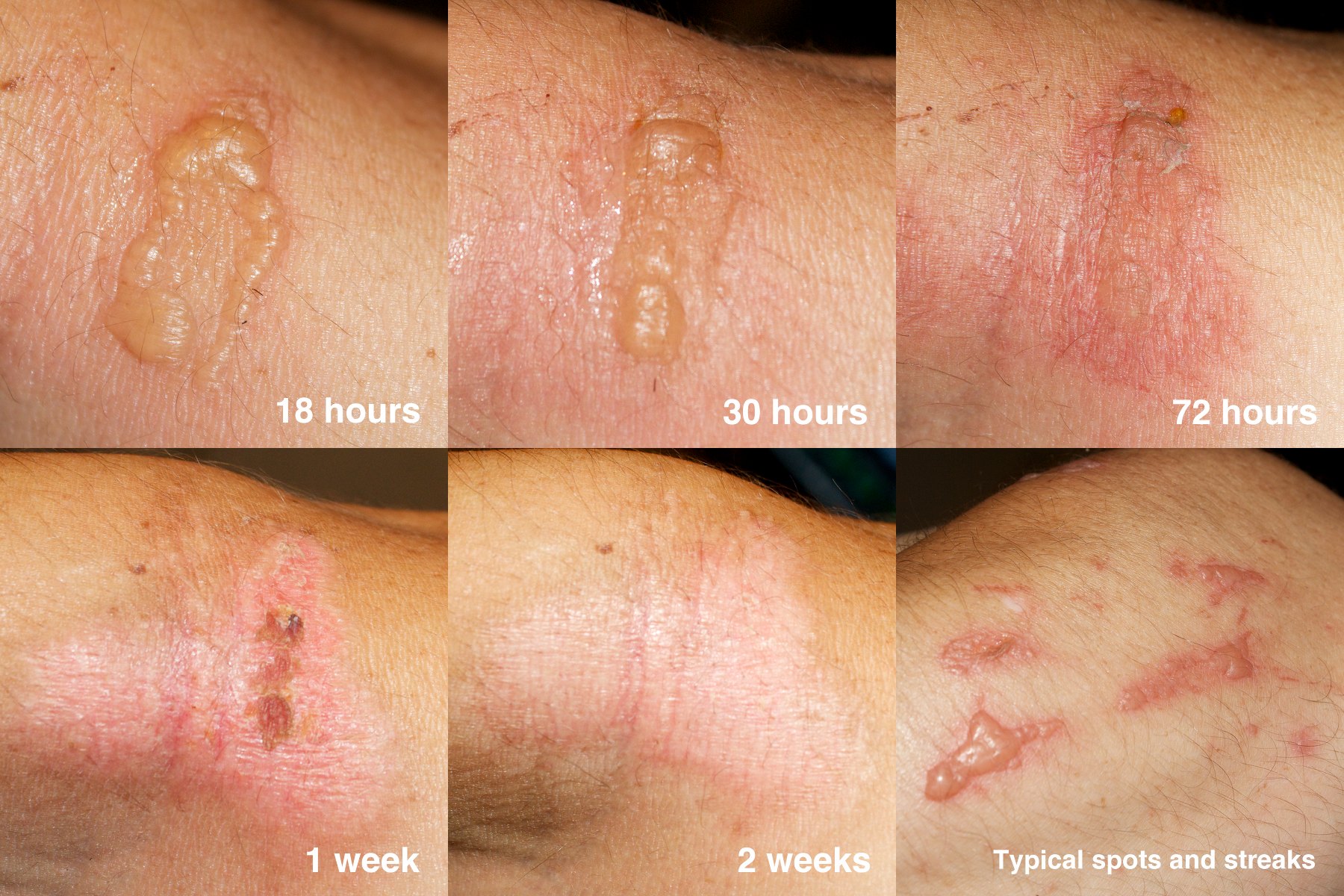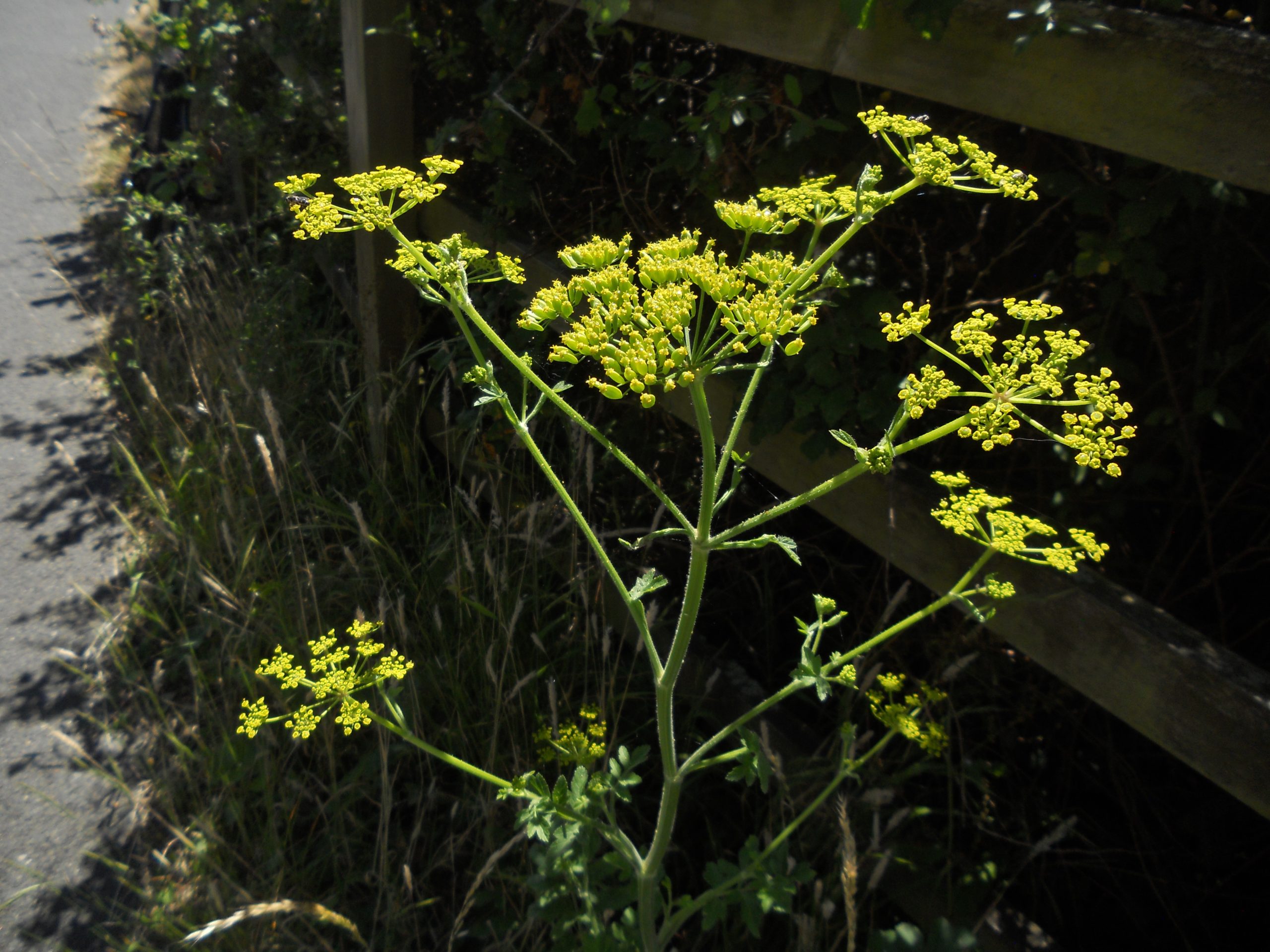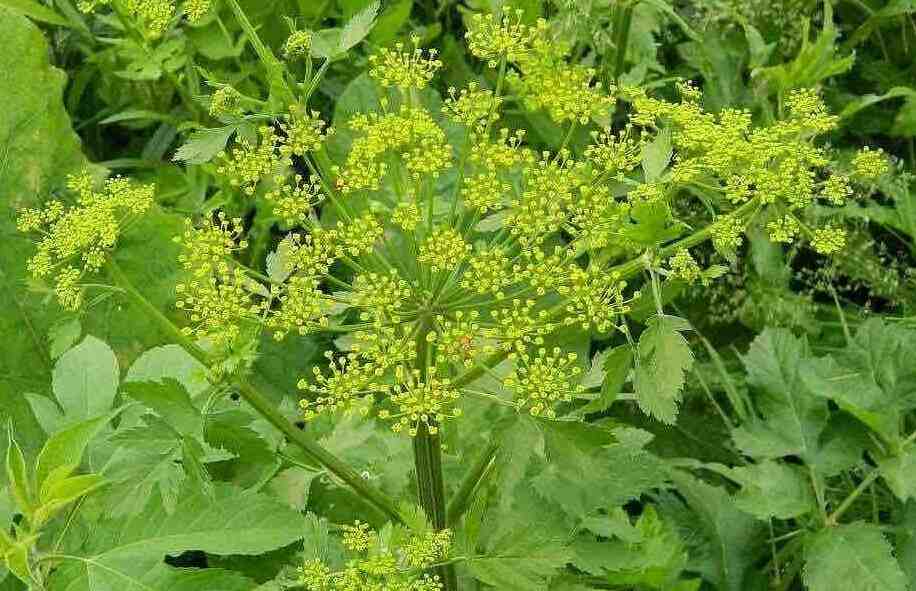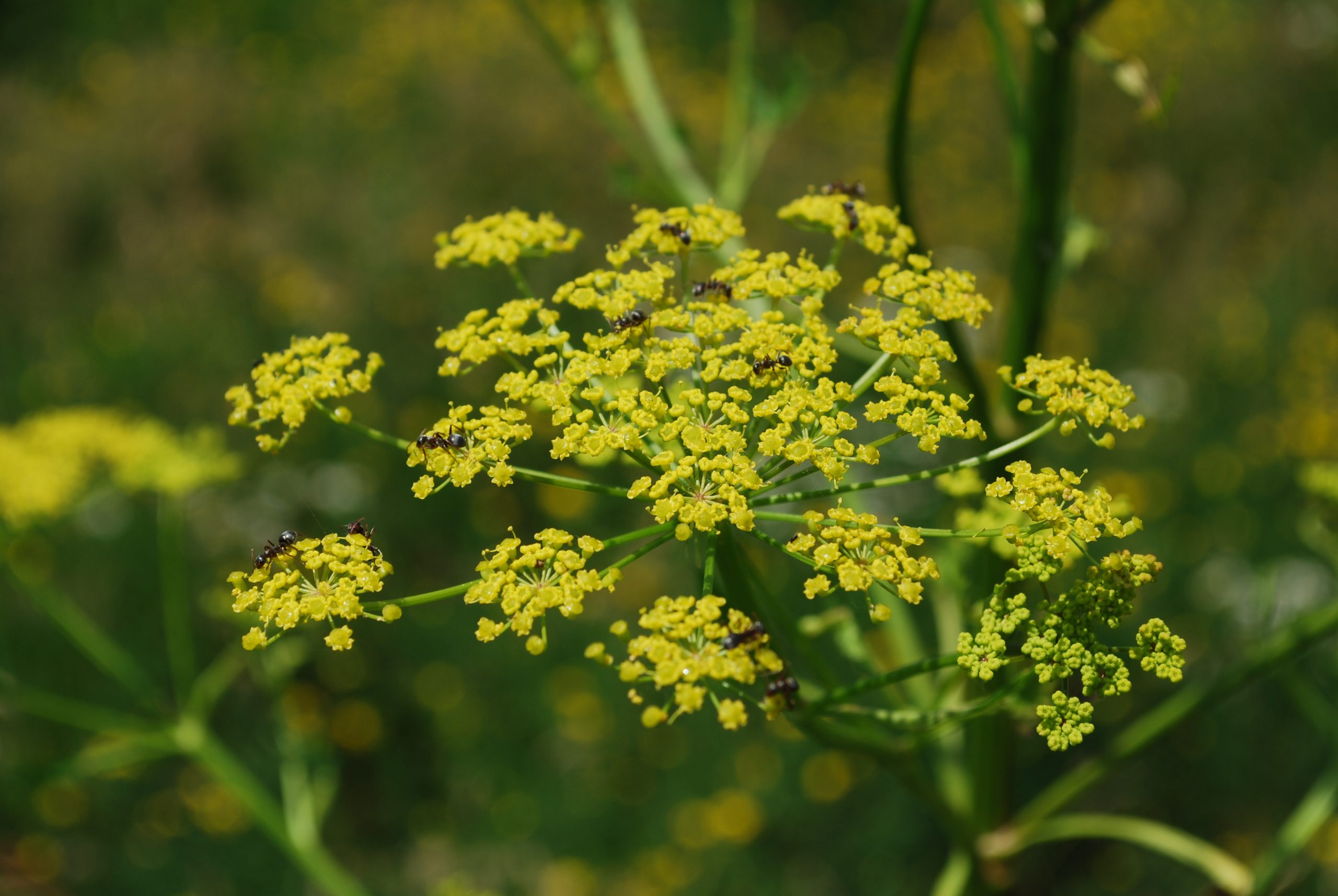The Dangers of Wild Parsnip and How to Protect Yourself
Photo:
Wild Parsnip by the Heath Lane byway by Chris, via Wikimedia Commons
Wild parsnip (Pastinaca sativa) is a plant that can pose several dangers to humans and animals due to its toxic sap and other characteristics.
Habitat
Wild Parsnip is most often found in areas exposed to full sun, although it can grow in the semi-shade of forests and riverbanks. It is tolerant of a variety of soils, but can not survive in flooded environments. In Canada, Wild Parsnip is most often found in disturbed areas (i.e. railway embankments, roadsides, trails, shorelines, ditches, beaches, forest clearings and areas such as abandoned mine sites, quarries, and waste areas). Some of the less common sites include cultivated fields, gardens, meadows, swampy lowlands and grassy areas.
Impacts
Biodiversity
Wild Parsnip invades disturbed areas such as roadsides, pastures, crop land and fields with reduced tillage use. lIt outcompetes native vegetation, particularly crowding out lower-growing plants. It can also have an impact on pollinators, as honeybees do not visit the plant and it may displace other, more pollinator friendly plants, such as goldenrod.
Agriculture
Wild Parsnip can reduce the quality of some agricultural forage crops. In agriculture operations using no-till or reduced tillage system it is a concern as perennial weeds such as Wild Parsnip are able to take Over.
It is not valuable as a forage plant, and in fact the chemical compounds in Wild Parsnip inhibit weight gain and fertility in livestock that feed on it.
Health Risks
Beware of Wild Parsnip! It Burns The Skin!

When bare skin comes into contact with any part of wild parsnip it can be “burned.” Skin will redden, and in severe cases, blisters will form 1-2 days after exposure. Brown scarring can last for several days to years.
Danger to Human Health and Safety
Wild Parsnip contains toxic compounds within the plant called furanocoumarins. These toxins, when in contact with skin, can cause serious rashes, burns or blisters if exposed to sunlight.
Avoid Exposure
To protect yourself from the dangers of wild parsnip, take the following precautions:
- Remove wild parsnip from your property, but be creaful!
- Stay on established trails.
- Learn to identify wild parsnip. Try to avoid touching parsnip leaves, flowers or seed heads If you need to go into infested areas, wear long-sleeves, long pants, gloves and shoes with socks.
- Avoid touching the plant with your bare hands, especially on hot days.
If you come into contact with wild parsnip sap, immediately wash the affected area with soap and water and avoid sun exposure for a few days. Seek medical attention right away if you experience severe skin irritation or any other concerning symptoms after coming into contact with wild parsnip. If the plant is a known invasive species in your area, consider reporting its presence to local authorities or invasive species management organisations.
HEIGHT
Up to 5 feet

STEM
Yellowish-green with verticle grooves running full length

LEAF
Compound, pinnate, 5 to 15 toothed, variably lobed, yellowish-green
FLOWER

Single flower stalk with flat-topped umbel of clustered yellow flowers







Leave a Reply
You must be logged in to post a comment.